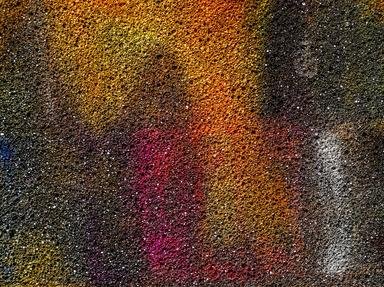Quiz Answer Key and Fun Facts
1. The barcode is something most people see on a daily basis, but there was, of course, a time before barcodes existed. What was the main difference between the early patent developed by Joseph Woodland and Bernard Silver in 1952 and the ones we see today?
2. Morse code is named after its creator, Samuel Morse. It uses two basic features known as dots and what?
3. Which of the following is NOT a meaning of the phrase "code red"?
4. In the USA, they are known as ZIP codes. What do other countries, including the UK and Australia, call them instead?
5. The enigma machine was a one-off invention and refers to a single code-breaking device used during World War II.
6. Which of the following is an international programming competition, first run in 2003?
7. What was the name given to the Navajo Indians that were recruited by the US military to help with secret communications during World War II?
8. If someone is called a "code monkey", they are likely to be a highly skilled computer programmer.
9. In which sport would a "Code Zero" come in handy?
10. In business and government, which of the following terms is NOT generally used to describe expected behaviours of a group?
Source: Author
timence
This quiz was reviewed by FunTrivia editor
Pagiedamon before going online.
Any errors found in FunTrivia content are routinely corrected through our feedback system.

